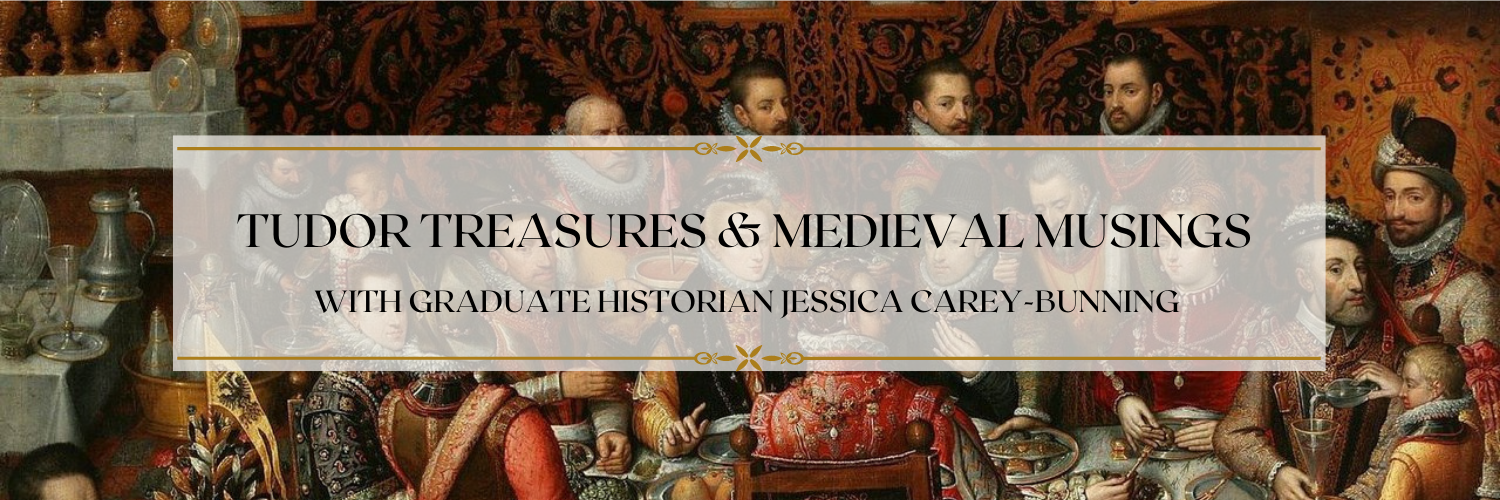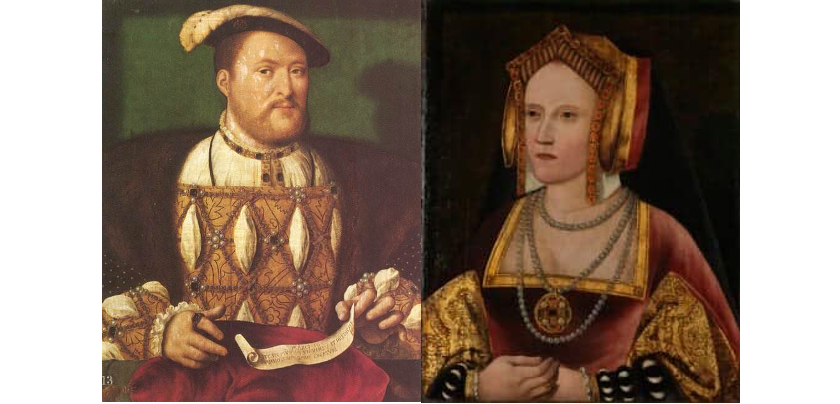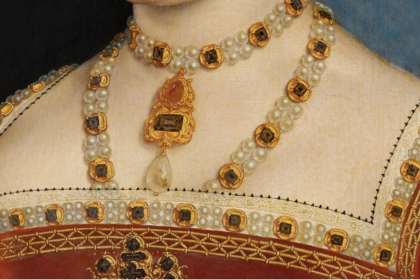It is a familiar story – man leaves his devoted wife of many years for a younger woman. It is easy to look at Henry VIII’s annulment from Katherine of Aragon in such a light and judge him for it; but we must remember the context in which Henry was living. I do not seek to defend Henry and his action, nor minimise the pain and suffering Katherine went through. But it is important that we do not inappropriately define the situation by modern standards.
Because Henry’s concerns were very legitimate for a 16th century king. England had only had one female heir apparent, Empress Matilda in the 12th century, and her attempts to succeed to the throne had led to almost 20 years of civil war. And to be fair, the ascension of England’s first Queen regnant, Henry’s daughter Mary I, was indeed disputed and resulted in a short period of civil war. Moreover, England had barely emerged from many tumultuous decades of civil war which we now call the ‘Wars of the Roses’ – Henry’s own ascension had been the first smooth, undisputed transition in almost 90 years. Henry’s first concern was to ensure the stability of the country he had sworn to serve and protect in his coronation oath, even after his death. When his marriage to Katherine of Aragon failed to produce the male heir who would have the best chance of ensuring this, Henry needed to find a solution. The degree of anxiety felt by Henry and his councillors over this matter is clear – the idea of marrying his legitimate daughter, Mary, to her illegitimate half-brother, Henry Fitzroy, was bandied about, and such an incestuous union was just as abhorrent in the 16th century as it is today. Instead, Henry eventually looked to have his marriage annulled. It is important to note that it was an annulment, not a divorce, meaning that the marriage had never been valid in the first place, rather than the marriage ending.
It is easy to put the annulment down to the love and lust Henry felt for Anne Boleyn, but actually, the idea of remarriage had been going around for more than a decade before she came on the scene. In September, 1514, a Venetian diarist and historian, Marino Sanuto wrote in his diary:
‘Si dize eiiam che il re d’Ingaltera, voi lassar la moglie che rha, fia del re di Spagna, qual fo moglie di suo fra- delo, per non poter haver con lei alcuna heredità, e voi tuor per moglie una fia dil ducha di Barbon francese.’
Roughly translated: ‘It is said that the king of England will leave the wife he has, who is the daughter of the king of Spain, as the wife of his brother, for not being able to have any heir with her, and will marry a daughter of the French Duke of Bourbon.’
It seems that Sanuto received this information from a Venetian ambassador, but that does not necessarily mean that the information was accurate. It does show that there were rumours going round regarding the marriage and the lack of an heir at least as early as 1514. What is most revealing is the lack of surprise or shock over the potential dissolution of Henry and Katherine’s marriage.
But why should there be? Royal and noble marriages were often annulled by the pope. More than one king of England had set aside an unwanted wife with the argument of consanguinity, and it had never been a complicated matter. Throughout Christendom, there was a recognition that politics sometimes required a marriage to be dissolved. In 1498 the marriage of King Louis XII of France and Jeanne de France was annulled on the grounds that they were unable to conceive a child. Henry VIII’s own best friend, Charles Brandon, had been easily granted an annulment.
The reality is, if Katherine’s nephew, Charles V, had not had an iron grip on the Pope Clement VII following the Sack of Rome in 1527, it is probable that Henry would have been granted his annulment. Precedent suggests that Pope Clement would have recognised both Henry’s difficult position in regards to an heir, and accepted the theological justification of consanguinity. It was really only bad timing on Henry’s part that led to six years of frustration and ultimately the English Reformation.
That is not to say that Katherine would have quietly accepted an annulment if these circumstance had been different, nor that the common people would have been happier about it; but that matter would have been dispatched with far more quickly, with less of a far-reaching impact, giving people less to complain about, and no doubt people would have adjusted to the new normal fairly easily, especially if a son was the result.
If Henry had sought an annulment in 1514 when Sanuto was writing of such rumour, he would have had a much easier time of it; so why didn’t he? Katherine’s final pregnancy ended in a stillbirth in 1518. It is unclear why Henry waited almost a decade to seek an annulment. At first, obviously, he would still have hope; and later, perhaps his affection for Katherine made him reluctant to end their marriage, particularly for a hypothetical new wife. It was only when he fell in love with Anne Boleyn in 1526, with her flesh-and-blood promise of an heir, that he had a very clear and present motivator to pursue the annulment.
Of course, we know now that Anne also would not produce the longed-for son. And Henry, again, looked elsewhere to find an heir, finally succeeding with the woman Henry regarded as his first wife, Jane Seymour.





